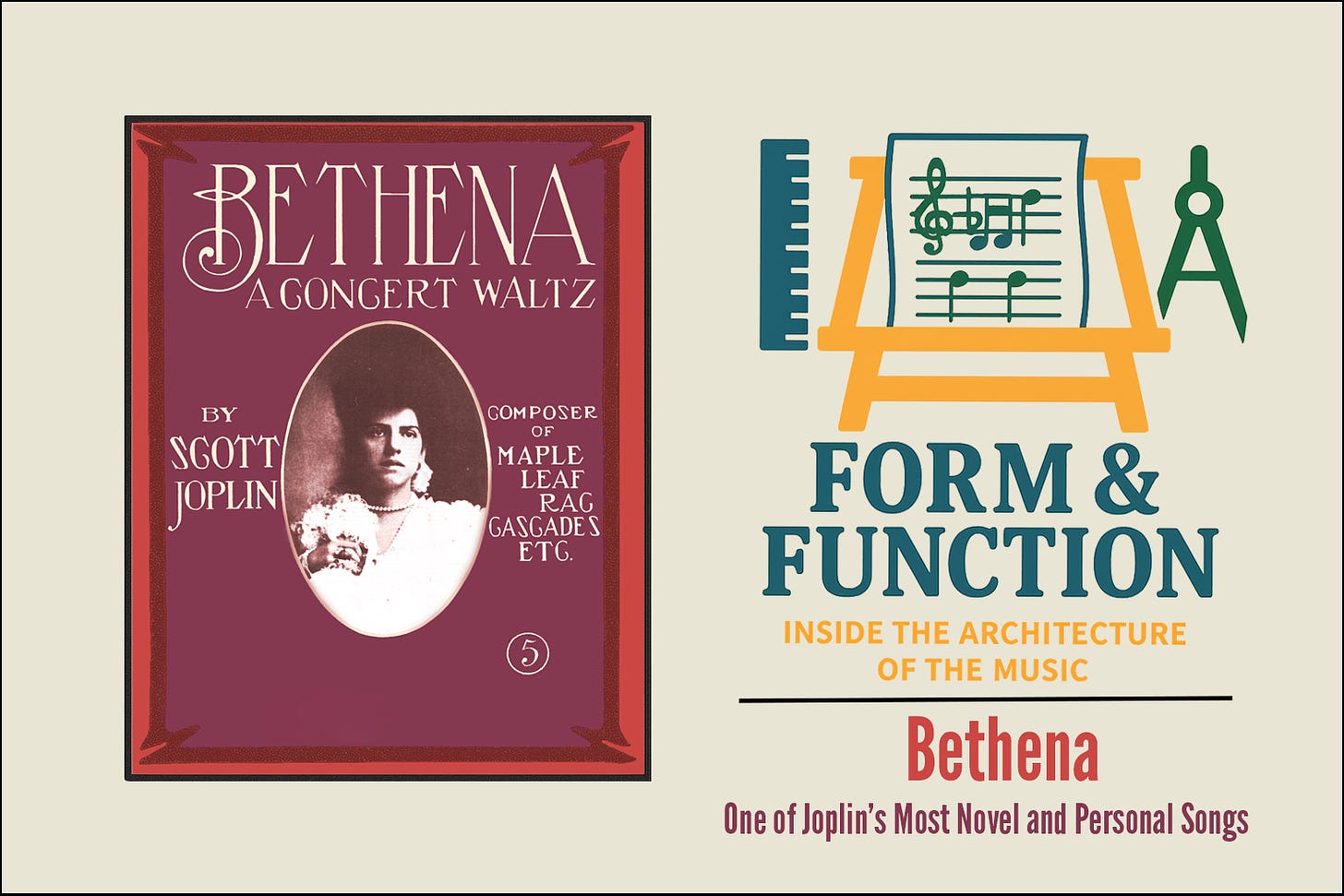Bethena
A look at one of Scott Joplin's most novel and personal compositions
As a child I had this nightly ritual of listening to music to help me fall asleep. I’m not sure how it began, but it quickly evolved into a form of study and internalization of music. Around the time I had discovered the playing of Marcus Roberts I had his albums in regular rotation with Joy of Joplin of course being my favorite. I’ve spoken before on m…
Keep reading with a 7-day free trial
Subscribe to Wynton Kelly's Liner Notes to keep reading this post and get 7 days of free access to the full post archives.


